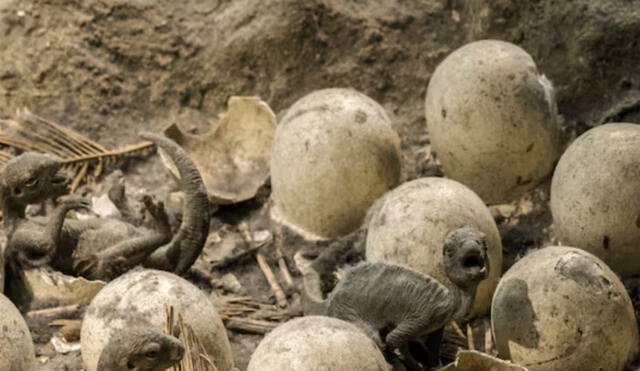Scientists discover 70-million-year-old dinosaur embryo preserved in egg
Since major dinosaur finds are rarely made in Missouri, the discovery of the egg is shocking.

In a outstanding paleontological breakthrough, scientists have uncovered a 70-million-year-old dinosaur embryo preserved within a fossilized egg. This rare find represents an unprecedented glimpse into the developmental stages of dinosaurs and their behavioral patterns with modern birds.
The egg was unearthed in Missouri, USA, and it contained an embryo in a good state of preservation. This discovery is extra rare, which provides invaluable insights into dinosaur embryology. The embryo's posture, its curled position, resembles contemporary avian embryos. This suggests evolutionary behavioral continuities. The similarities have sparked discussions about the evolutionary links between non-avian dinosaurs and birds. The egg's location implies it was rapidly buried by sediment, resulting in remarkable preservation over millions of years.

ALSO SEE: World’s biggest lithium reserve found beneath U.S. supervolcano – A 413-billion-euro breakthrough
How was the embryo preserved in the egg?
The reasons behind how the embryo remained unhatched are all speculative. Scientists proposed several possibilities, including environmental disturbances, natural deformities, or predation events that might have led to the egg's lack of development.
This exceptional preservation of both the egg and embryo provides a unique opportunity to study the factors in detail. Similarly, in 2021, an international team of scientists also found a preserved dinosaur embryo inside a fossilized egg. This embryo, believed to be over 66 million years old, was discovered in Ganzhou, Southern China. The embryo was named Yingliang beibei or “Baby Yingliang."
What does this discovery mean for science?
The embryonic posture observed (curled in) offers compelling evidence of behavioral traits shared between ancient dinosaurs and today's avian species. This finding supports the hypothesis that some avian behaviors originated among non-avian theropods.
Further analysis of this found specimen is needed to focus on the reproductive strategies, growth patterns, and developmental timelines of dinosaurs. Moreover, it reinforces the evolutionary theory that links non-avian dinosaurs to modern birds, providing tangible evidence of their shared ancestry.











